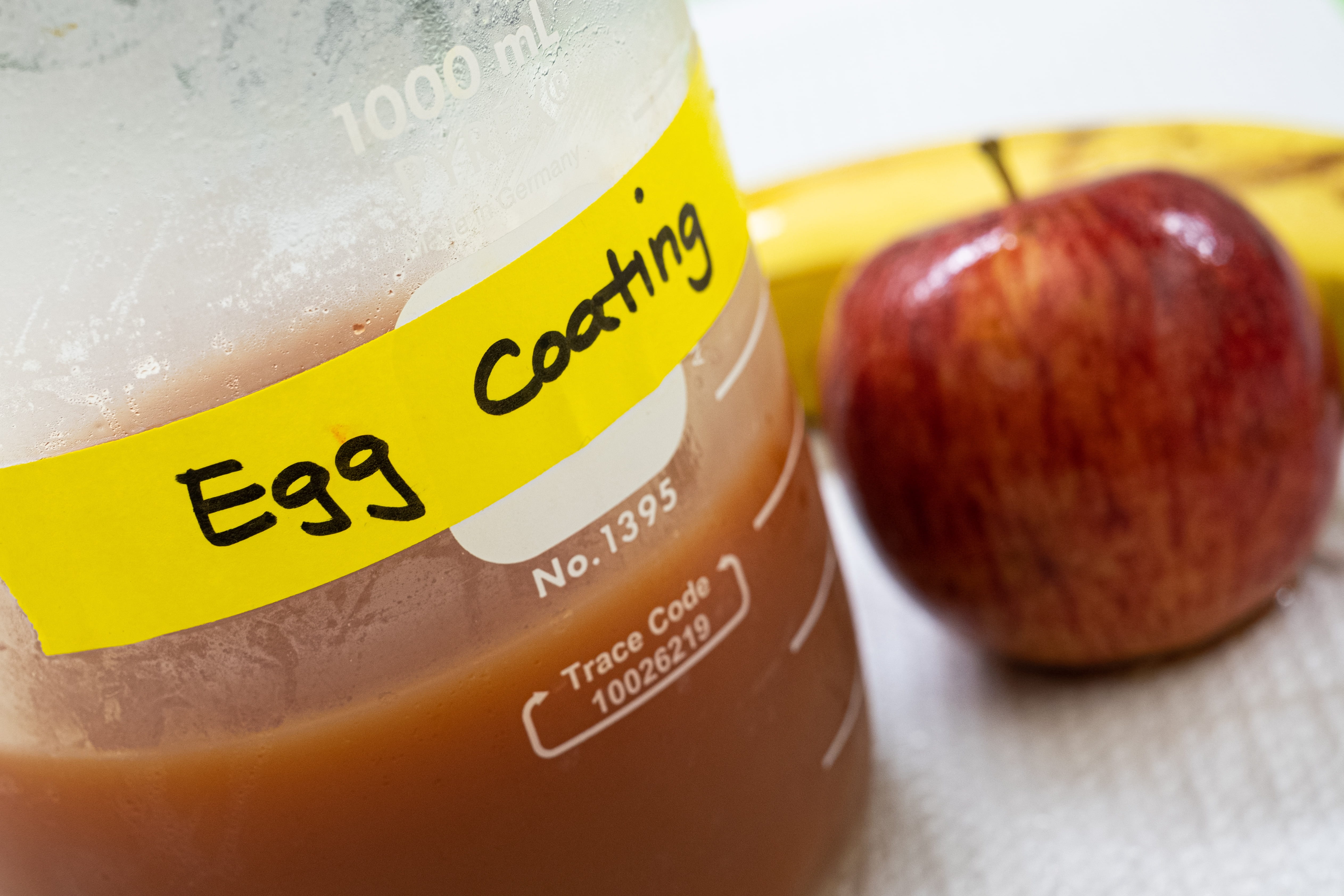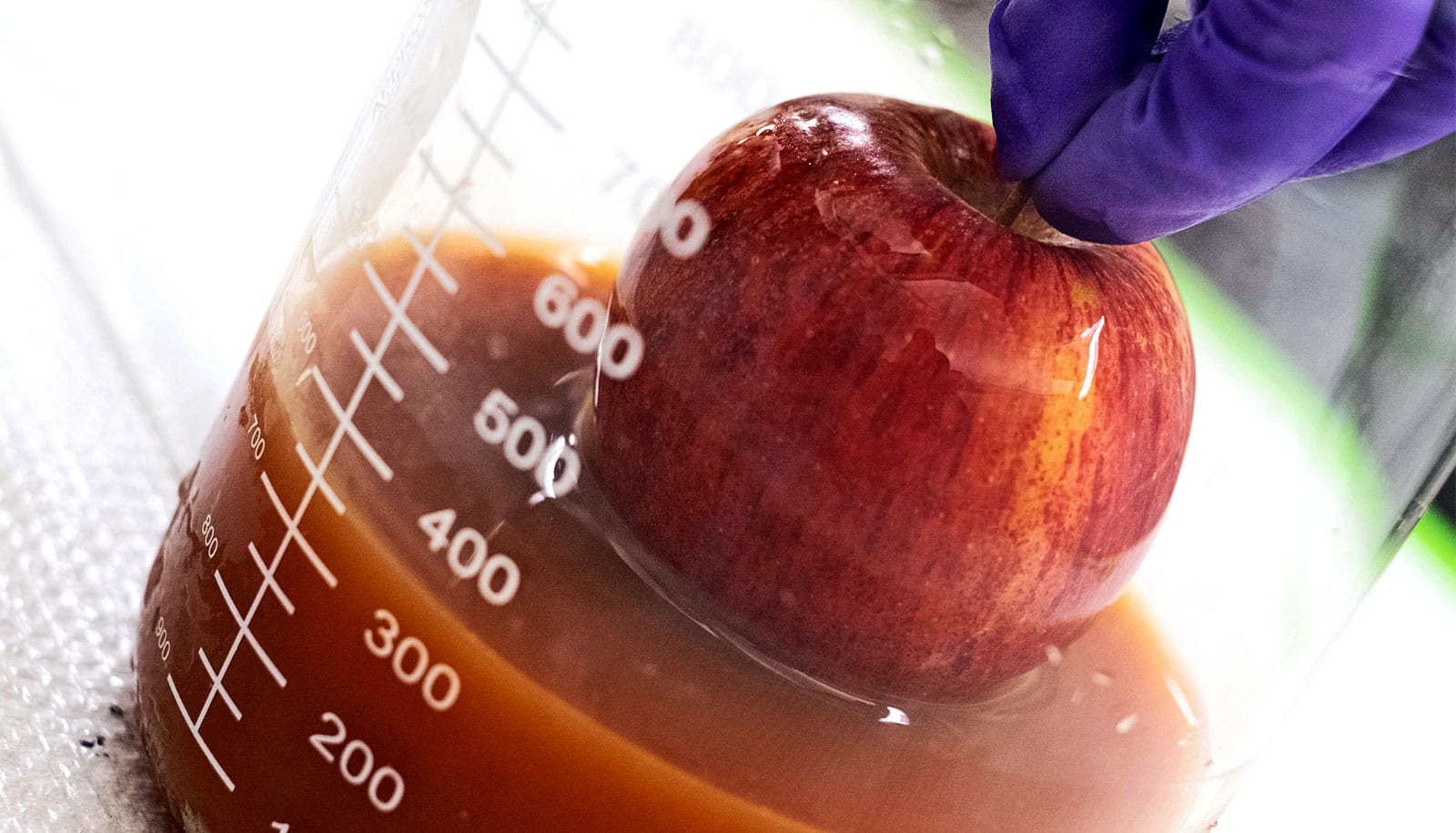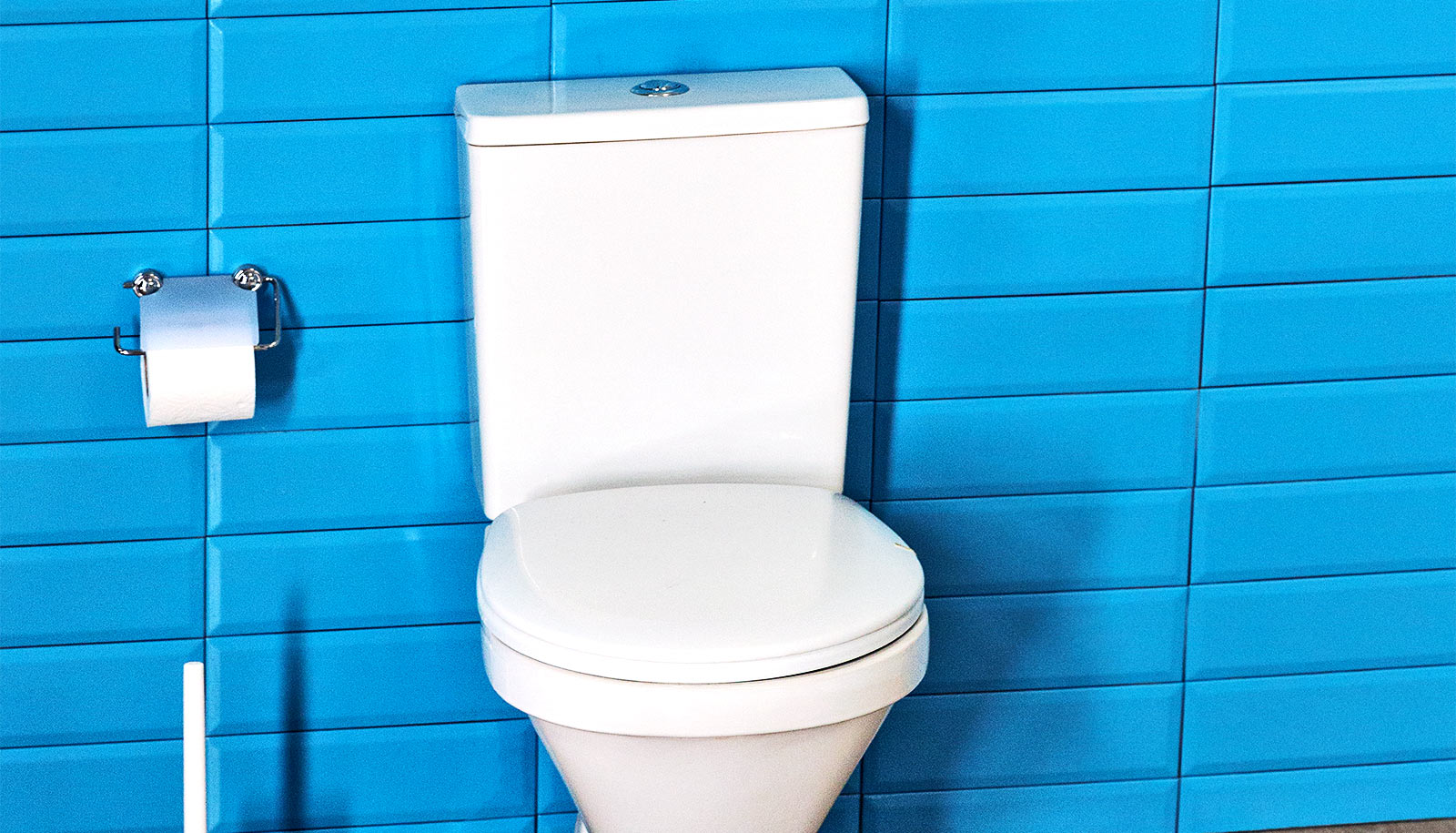Eggs that would otherwise go to waste can become the base of an inexpensive coating to protect fruits and vegetables, researchers report.
The micron-thick coating that solves problems both for the produce and its consumers, as well as for the environment.
When researchers applied the coating to produce by spraying or dipping, it showed a remarkable ability to resist rotting for an extended period, comparable to that of standard coatings like wax, but without some of the inherent problems.
The coating relies on eggs that never reach the market. As the United States produces more than 7 billion eggs a year and manufacturers reject 3% of them, the researchers estimate more than 200 million eggs end up in landfills.

Even before the impact of the new coronavirus, the world wasted a third of the food produced around the globe, the researchers wrote.
“Reducing food shortages in ways that don’t involve genetic modification, inedible coatings, or chemical additives is important for sustainable living,” says Pulickel Ajayan, professor of engineering in the Brown School of Engineering.
Along with being edible, the multifunctional coating slows dehydration, provides antimicrobial protection, and is largely impermeable both to water vapor to slow dehydration and to gas to prevent premature ripening. The coating is all-natural and washes off with water.
“If anyone is sensitive to the coating or has an egg allergy, they can easily eliminate it,” says Seohui (Sylvia) Jung, an undergraduate student.
Egg whites (aka albumen) and yolks account for nearly 70% of the coating. Most of the rest consists of nanoscale cellulose extracted from wood, which serves as a barrier to water and keeps produce from shriveling, a small amount of curcumin for its antimicrobial powers, and a splash of glycerol to add elasticity.
Lab tests on dip-coated strawberries, avocados, bananas, and other fruit showed they maintained their freshness far longer than uncoated produce. Compression tests showed coated fruit were significantly stiffer and more firm than uncoated and demonstrated the coating’s ability to keep water in the produce, slowing the ripening process.
An analysis of freestanding films of the coating showed it to be extremely flexible and able to resist cracking, allowing better protection of the produce. Tests of the film’s tensile properties showed it to be just as tough as other products, including synthetic films used in produce packaging. Further tests proved the coating to be nontoxic, and solubility tests showed a thicker-than-usual film is washable. Rinsing in water for a couple of minutes can completely disintegrate it, Ajayan says.
The researchers continue to refine the coating’s composition and are considering other source materials. “We chose egg proteins because there are lots of eggs wasted, but it doesn’t mean we can’t use others,” says co-corresponding author Muhammad Rahman, a research scientist in Ajayan’s lab who mentored and led the team.
Jung notes the team is testing proteins that could be extracted from plants rather than animal produce to make coatings.
The work appears in Advanced Materials. Additional coauthors are from Rice, Purdue University, the University of Houston, the Georgia Institute of Technology, and Rensselaer Polytechnic Institute.
The Robert A. Welch Foundation and the Brazilian Ministry of Education’s Coordination for the Improvement of Higher Education Personnel program supported the research.
Source: Rice University



